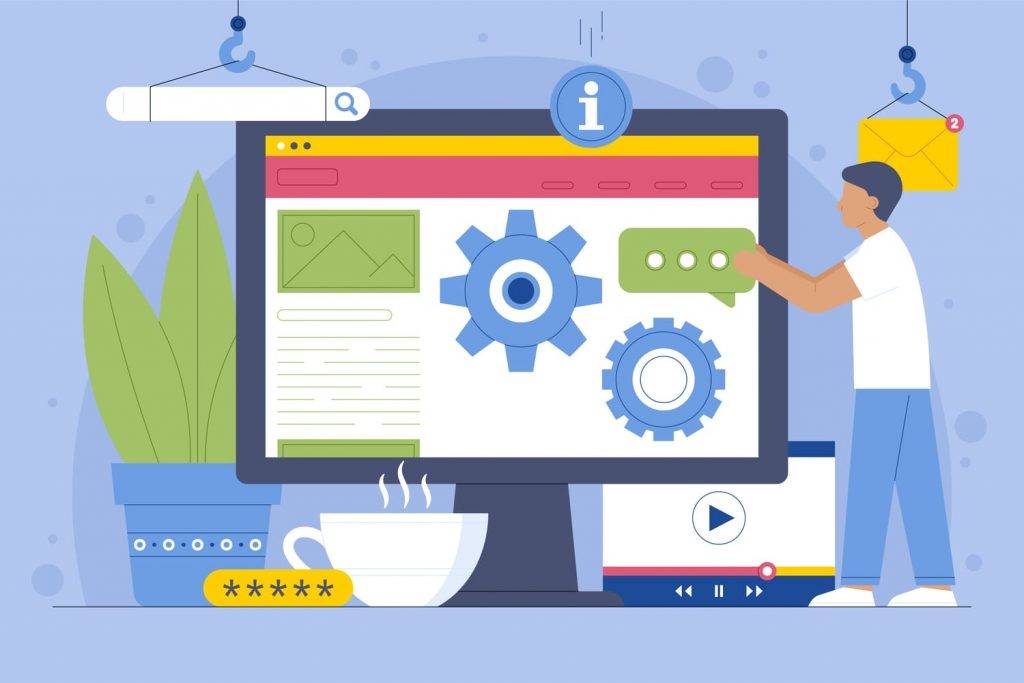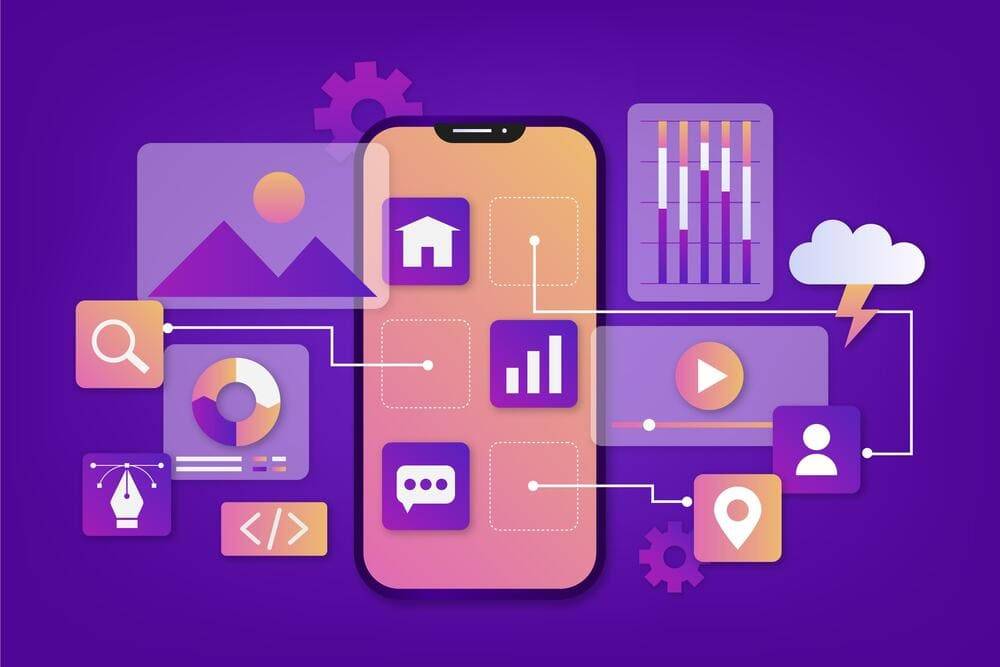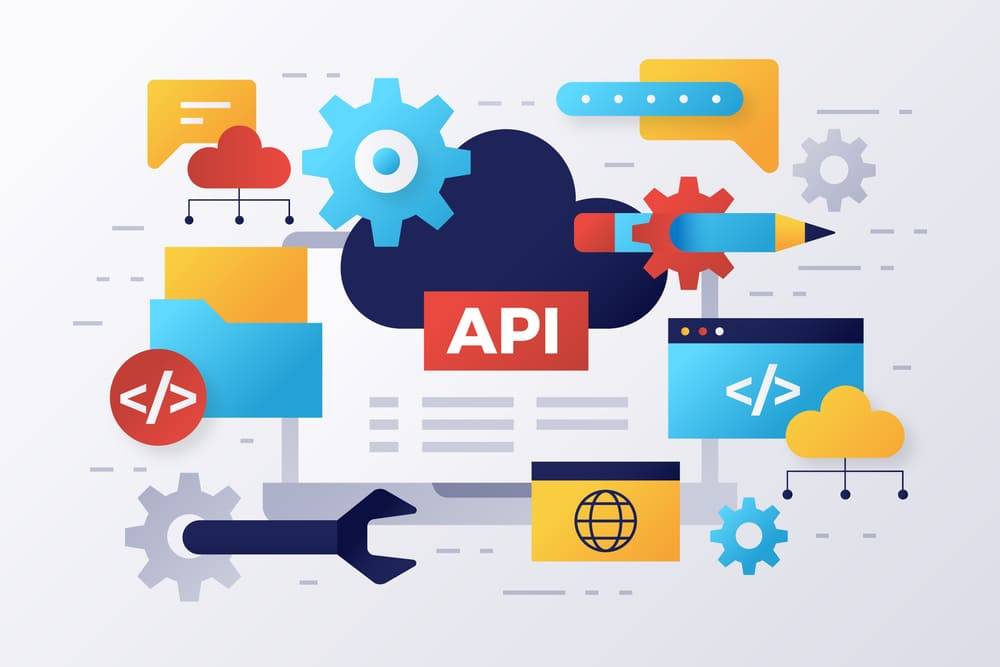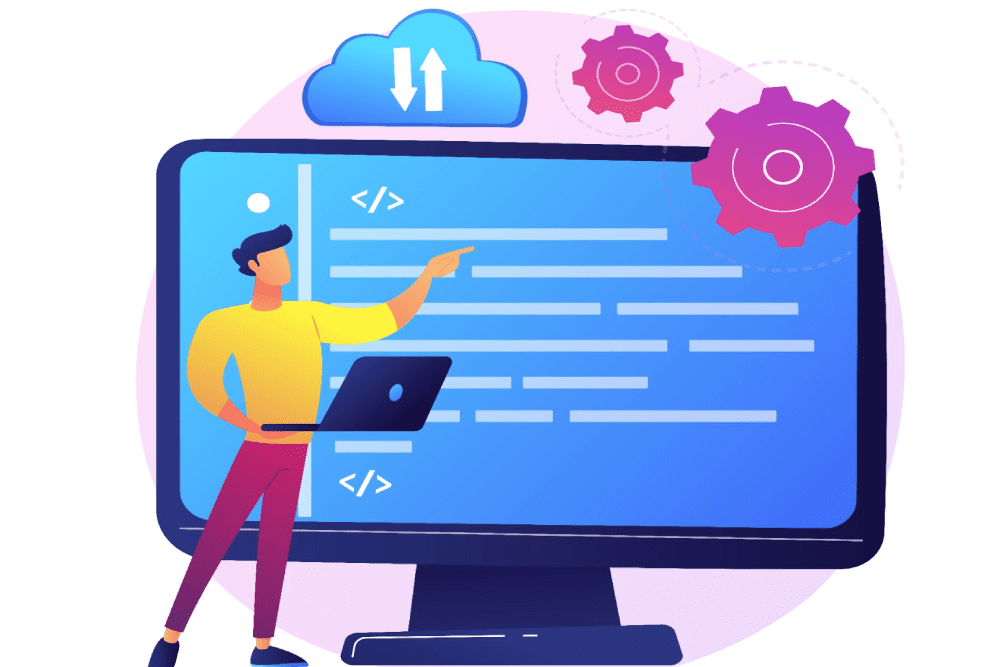Thrive With Our Sustainable, Smart, Bespoke Software Solutions.
We build purposeful, bespoke software solutions, unique to YOUR business. Thrive and enjoy enhanced business valuation while reducing your Carbon Footprint.
Let’s discuss your project
About Us
We are Atula Technologies Ltd, a family run business, based in High Wycombe. We love working with small and medium enterprises and understand that every business comes with its own unique processes, workflows, business needs and challenges. We pride ourselves ro deliver smart, sustainable and modern bespoke software solutions. Our vision is to make your business scale to success while becoming more sustainable. Adjudged “Runner-up” for the Digital Innovation Awards in 2023 by Bucks Business First, we are passionate about delivering the best business outcomes and benefits to all our clients.

We love building bespoke solutions for SMEs
Why Bespoke/Custom Software:
A million-dollar question : Do you want your unique business processes to underpin and define the software you need? Or would you rather subscribe to an off-the-shelf rigid software to completely alter your business processes? If you favour the former, then you have come to the right destination.
At Atula, experience has taught us that there is no “one-size-fits-all” when it comes to software for any business to grow. It has to be Custom-built to your specific needs. Also generally known as bespoke software solutions, they have to be tailored to your commercial and business goals. Our bespoke software solutions are designed from the ground up to perfectly align with your unique processes, workflows, and objectives of your business – irrespective of current size & scale. This tailored approach ensures optimal efficiency, productivity, and user experience.
Every aspect of the software that we purposefully build, is crafted with your business and your end-user/s in mind. By eliminating unnecessary features and focusing solely on what is essential, our bespoke software solutions deliver a set of outcomes and benefits that aligns perfectly with your business goals. You get enhanced performance, security, scalability and more. Our bespoke software solutions reduce your run costs over time while improving your overall business valuation – if and when you decide to sell it. We also proactively explore opportunities to make your business more sustainable and carbon neutral.
Solution Ideas

Fleet & Logistics Management
Maximise sustainibility and efficiency of fleet operations at lower costs

Online Ordering for F&B
Increase online ordering revenue while smartly managing your inventory and fulfilment costs

Monitor and reduce CO2 footprint
Digitise, measure and monitor your Net-Zero performance over time to fully decarbonise your business

Way-finding Applications
Accurately navigate your patrons digitally within large premises prone to create confusion

Warehouse Management
Build on our Inventory management (Stockontrol )framework to rapidly implement digital processes, policies and workflows for in-bound and outbound goods.

Web and Mobile app for HVAC
Build core applications that help you get repeatable efficiency and value for your business

Inventory Management
Implement our Stockcontrol framework to ensure you neither experience overstocking or stock-out situations

E-commerce - Adobe's Magento 2.4.6
We build bespoke extensions, apps and api's for ever evolving e-commerce business models

Manage Supply & Fitting of Bespoke Bathrooms

Software Solutions for Vehicle Rentals
Key benefits of our bespoke software solutions:
The Custom Software we develop, comes with several advantages. Here are a few:
-
Your business owns the software IP
-
No vendor lock-in, monthly license or subscription fees
-
Enhance valuation of your business
-
Maximise staff efficiency and productivity while reducing run costs
-
The system is fully scalable as your business grows
Primary Bespoke Software Services We Offer
We offer the following services
Secure Hosting (on Cloud) is a key service that is inbuilt into all our services. This includes a Dev/Test environment and Production /Live environment. Based on the usage of the application and anticipated growth, we specify and provision the capacity of the environment from the start such that it is scalable as your business grows. Cloud Hosting underpins our overall solution and setting-it up right first time ensures that your system is developed on a secure, robust and scalable environment.
Pricing Options
We take pride in building bespoke software solutions to fully align to your business vision/goals and needs. Your can be either having a clear, documented set of business requirements or a vague idea of what you need. We cater to both types of inquiries with either a fixed price based on an agreed scope of work or an hourly rate ( time and materials) if the scope is dynamic and constantly evolving.
Delivery Lifecycle
We plan, design, develop, host, integrate, test, deliver and maintain just about any software you need using the most sought-after technologies listed below. Your core operational business processes are key and need to be consistent, driving staff efficiencies and productivity. Being industry agnostic, we rapidly understand your domain deeply enough to design and develop a bespoke solution that you will be proud to use and own, while steadily reducing run costs over time.
Products / Industry Solutions
Streamline Stock: Maximise efficiency with our subscription based Warehouse & Inventory Software
EZStay Revolutionises Hospitality: Unleashing a New Era of Unforgettable Guest Experiences
CAse study
Read the DRS Delivers success story
Discover the DRS journey to maximising fleet, staff, delivery efficiency and customer delight, while steadily reducing C02 emissions over the last 3 years.
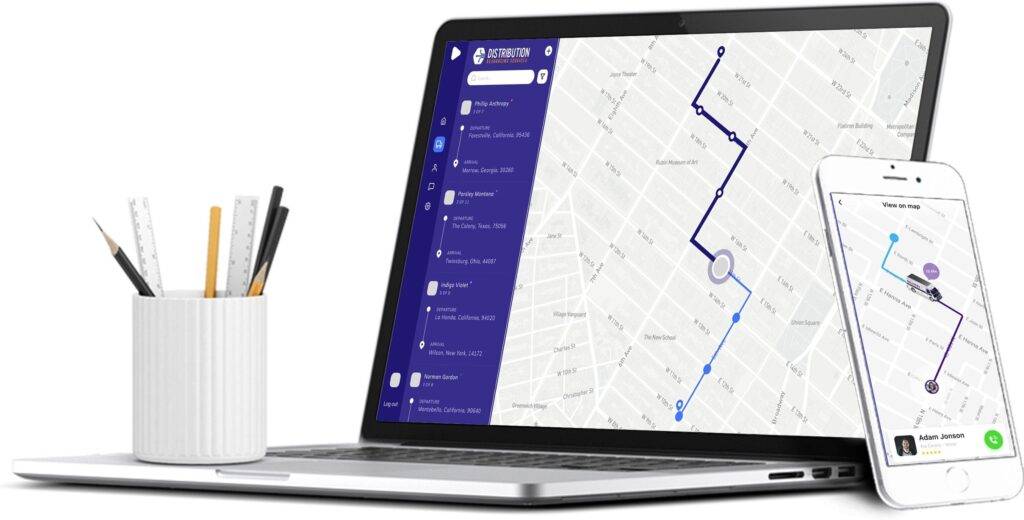
Client Reviews
Our Trusted Partners
Atula Technologies have become a key partner in our success over the last 3 years. The DPOD system they have built with our collaboration, is pivotal to all our operations. Our business processes have been fully enabled by this fantastic system. Whether it is our warehouse manager, ground staff, drivers or back-office staff, the use of DPOD’s Web Admin, reports, and the mobile app is key to performing their duties and our obligations to our Clients and their end customers. The best part of working with Atula is their sense of commitment – they are local and reachable when we want, even on the odd weekends.

Shaun Bullock
Managing Director, DRS Delivers Ltd., High Wycombe
Technologies we offer




Blogs

What Is Design Thinking? Why Is It Important Especially In Bespoke Software Development?

The Evolution of Bespoke Software Development: Advancements and Emerging Trends

What is a dedicated VPC? Why is it better than hosting your bespoke software on a...
